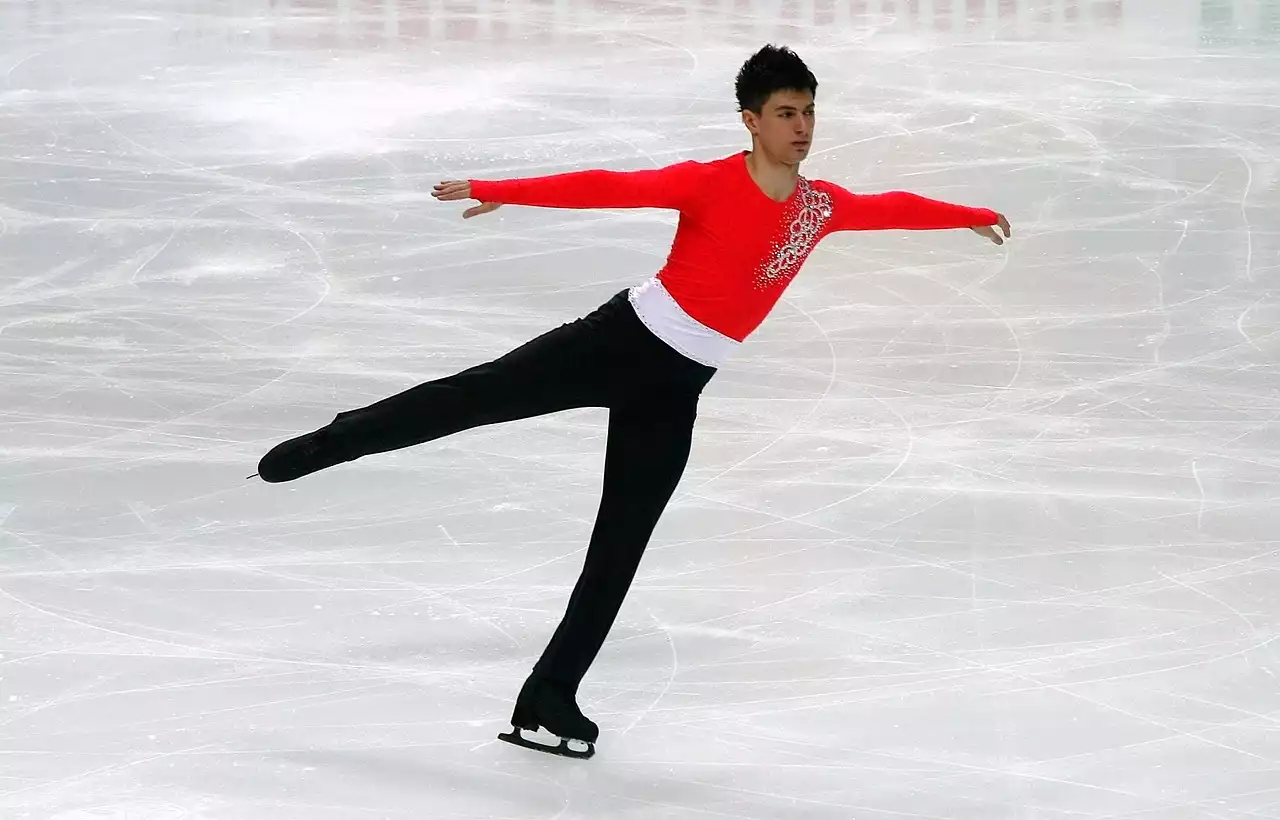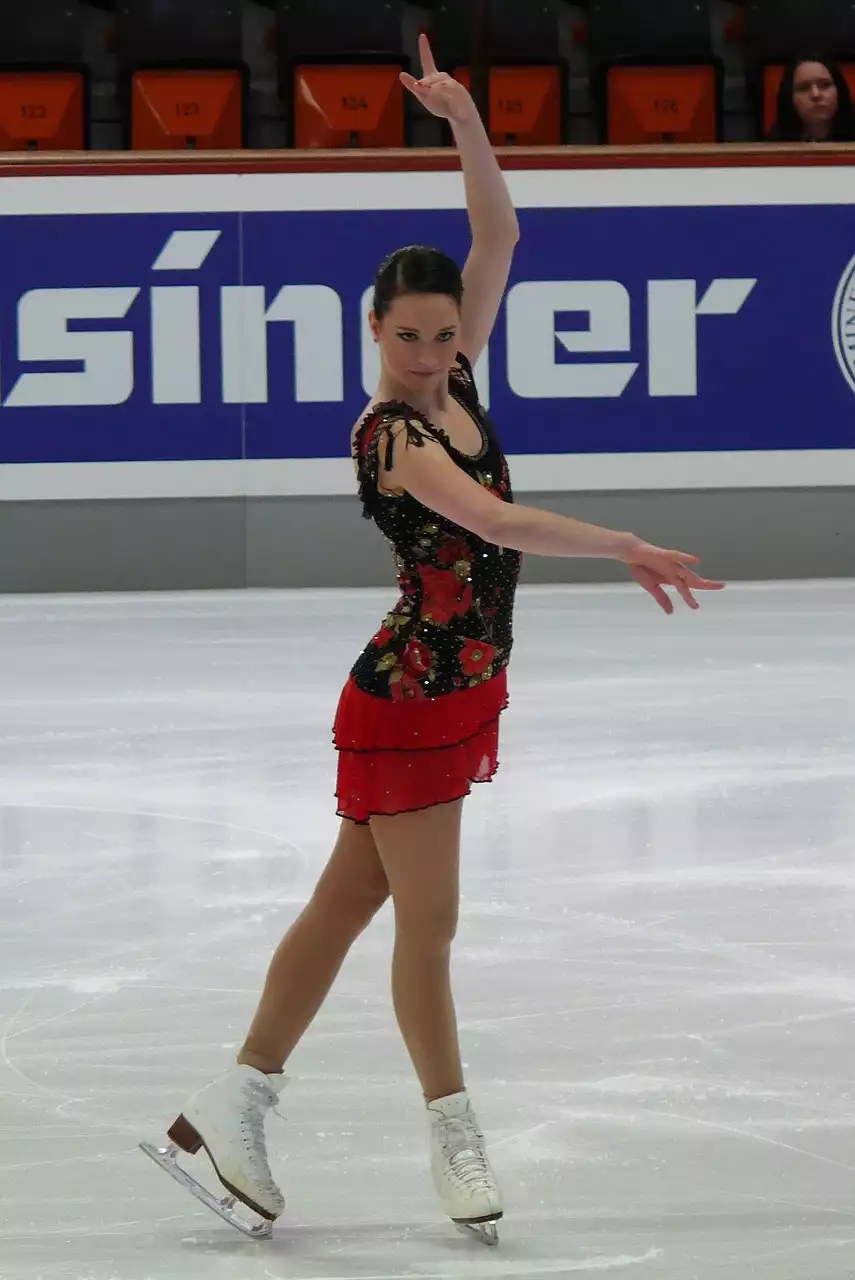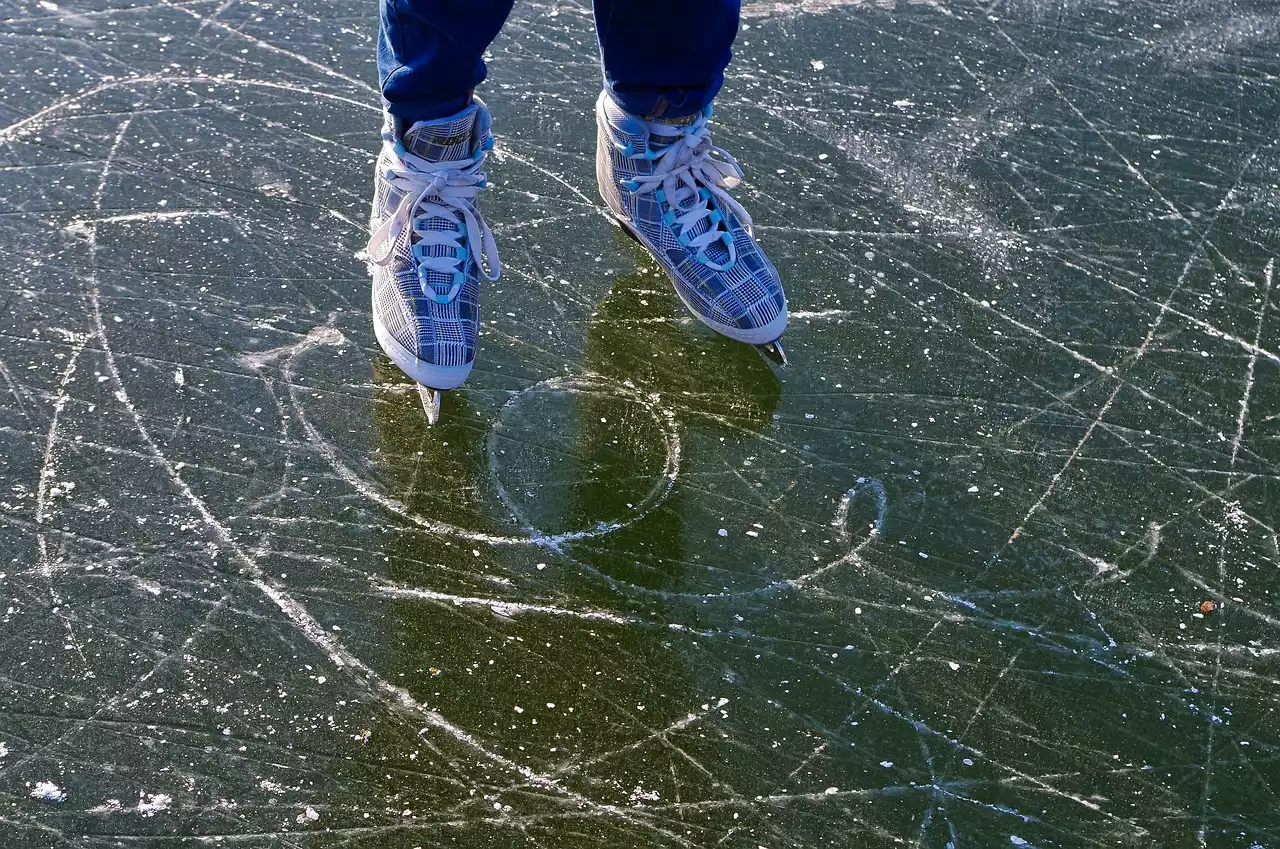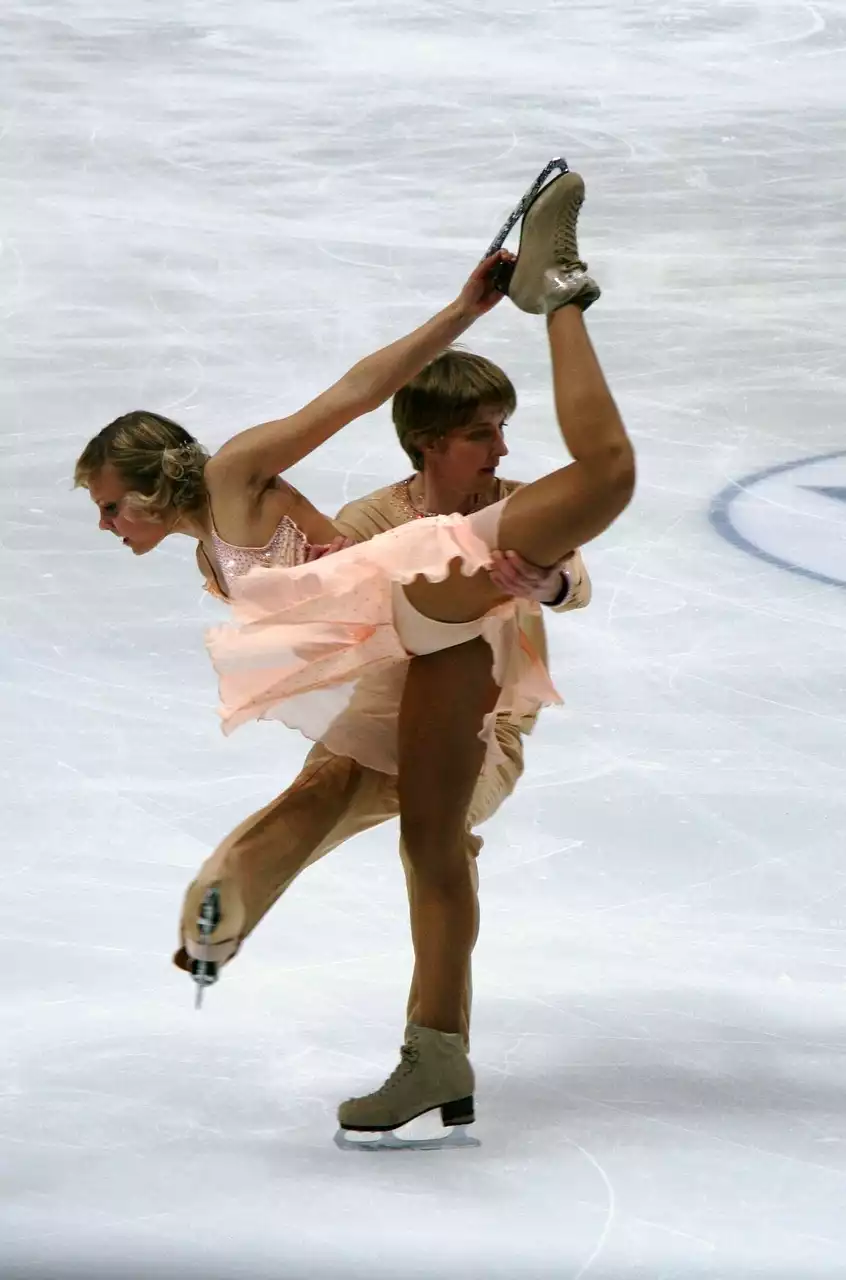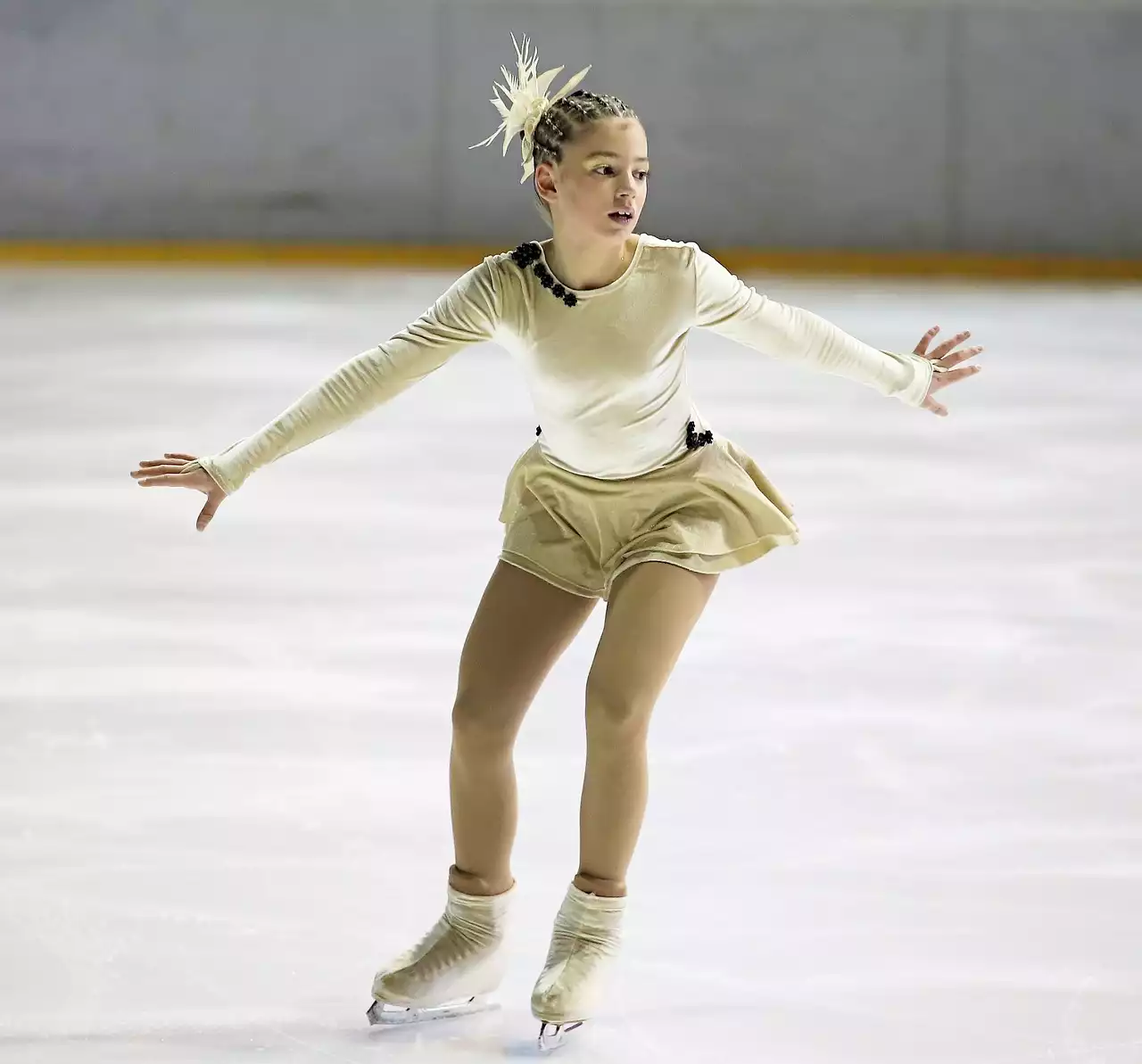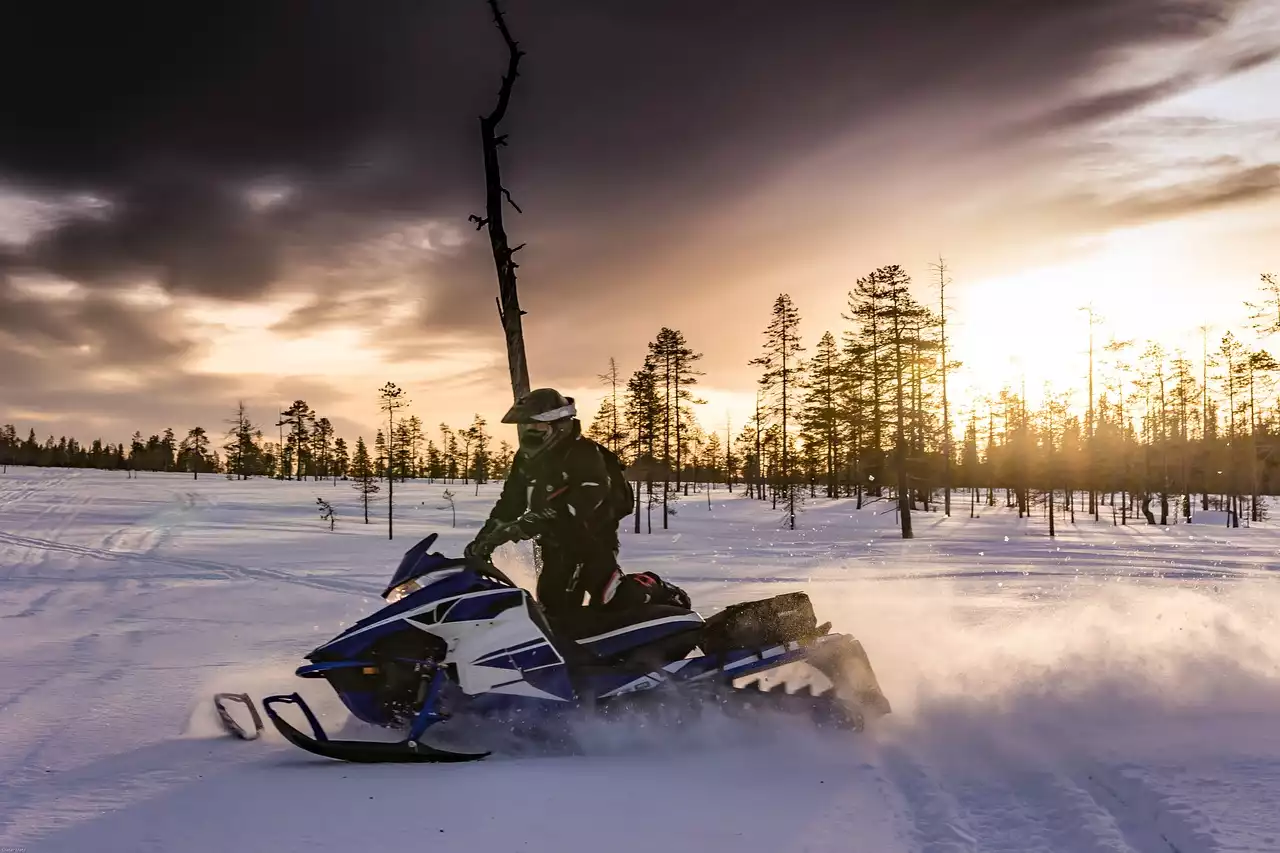Introduction
Are you ready to glide gracefully across the ice and master the art of ice skating? Whether you're a complete beginner or looking to brush up on your skills, understanding the essential ice skating techniques is key to unlocking your full potential on the rink. In this guide, we will take you through the fundamental techniques that every beginner should know. From learning how to maintain balance and proper posture to executing basic turns and stops, we've got you covered. Our step-by-step instructions, accompanied by helpful tips and tricks, will have you confidently gliding on ice in no time. So lace up your skates, grab your helmet, and get ready to embark on an exhilarating journey towards becoming a skilled ice skater. Whether your goal is to gracefully twirl on the ice or simply enjoy a fun winter activity, mastering these essential techniques will set you on the path to success. Let's hit the ice and get started!
Importance of Learning the Basics
Before diving into the specific techniques, it's important to understand why learning the basics is crucial for every beginner ice skater. The foundation of your skating skills will determine your progress and overall enjoyment on the ice. By mastering the essential techniques, you'll build a solid base for more advanced moves and tricks. Additionally, understanding the basics will help you prevent injuries and accidents on the ice. So, let's start by exploring the necessary equipment for beginners.
Ice Skating Equipment for Beginners
To get started with ice skating, you'll need a few key pieces of equipment. First and foremost, invest in a pair of well-fitting ice skates. It's essential to choose skates that provide proper ankle support and a snug fit. Additionally, consider wearing a helmet, especially if you're a beginner. Helmets can greatly reduce the risk of head injuries in case of falls or collisions. Don't forget to wear warm clothing that allows for ease of movement and layers for temperature control. Now that you have the right equipment, let's discuss the importance of proper attire and safety precautions.
Proper Attire and Safety Precautions
When it comes to ice skating attire, comfort and safety should be prioritized. Wear warm, breathable clothing that allows for a full range of motion. Layering is key, as it allows you to adjust your clothing according to the temperature on the ice rink. Don't forget to wear gloves to protect your hands from the cold and to provide some extra cushioning in case of falls. Now that you're dressed appropriately, let's move on to finding the right ice skating rink.
Finding the Right Ice Skating Rink
Choosing the right ice skating rink can greatly enhance your skating experience. Look for rinks that offer beginner-friendly programs and lessons. These rinks often have designated areas or separate sessions for beginners, providing a safer and more comfortable environment to practice your skills. Additionally, consider the location and accessibility of the rink, as well as its maintenance and safety measures. Once you've found the perfect rink, it's time to dive into the basic ice skating techniques.
Basic Ice Skating Techniques - Gliding and Balance
The first step in becoming a proficient ice skater is learning how to maintain balance and glide smoothly on the ice. Start by standing with your feet shoulder-width apart and your knees slightly bent. This will give you a stable base and help you find your center of gravity. Gently push off with one foot while keeping your weight centered over your other foot. As you glide, maintain a relaxed posture with your arms slightly out to the sides for balance. Practice gliding in a straight line, focusing on maintaining your balance and keeping your movements controlled. Once you feel comfortable with gliding, it's time to learn how to stop and turn on ice skates.
Learning to Stop and Turn on Ice Skates
Stopping and turning are essential skills for every ice skater. To stop, bring your feet together in a "V" shape, with the inner edges of your skates touching each other. Bend your knees slightly, shift your weight forward, and apply pressure to the inside edges of your skates. This will create friction and slow you down. To turn, shift your weight in the direction you want to go and lean slightly in that direction. Use your edges to carve the ice and guide your turn. Practice stopping and turning in both directions until you feel confident. Now that you've mastered the basics, let's focus on building confidence on the ice.
Building Confidence on the Ice
Building confidence on the ice is a gradual process that requires practice and patience. Start by mastering the basic techniques we've covered so far. As you become more comfortable and confident, challenge yourself with new skills and exercises. Practice skating backwards, executing sharper turns, and increasing your speed. Additionally, consider taking lessons from a qualified instructor who can provide guidance and personalized feedback. Remember to always skate within your comfort zone and gradually push your limits. With perseverance and practice, you'll soon find yourself gliding with confidence. Let's move on to exploring some advanced ice skating techniques.
Advanced Ice Skating Techniques - Crossovers and Jumps
Once you've built a solid foundation of basic ice skating skills, you can start exploring more advanced techniques. Crossovers are a dynamic and elegant maneuver where you cross one foot over the other while turning. This technique allows for smooth transitions and increased speed on the ice. Jumps, on the other hand, add an exciting element to your skating routine. Mastering jumps like the toe loop, salchow, or axel requires proper technique, strength, and practice. While advanced techniques may take time to master, they add a new level of excitement to your ice skating journey. Now that you're equipped with essential techniques, let's explore some resources for beginner ice skaters.
Ice Skating Resources for Beginners
There are plenty of resources available to help beginner ice skaters improve their skills. Online tutorials, instructional videos, and skating forums provide valuable insights and tips from experienced skaters. Consider joining a local ice skating club or enrolling in group lessons to connect with fellow skaters and receive professional guidance. Skating books and magazines can also offer in-depth knowledge and inspiration. Remember, learning is a continuous process, and seeking out resources will help you refine your skills and stay motivated.
